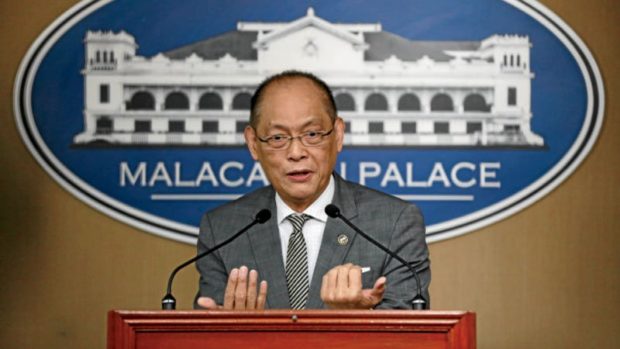
BSP Governor Benjamin E. Diokno. (File photo from the Philippine Daily Inquirer)
MANILA, Philippines — The country’s various savings and loan associations, which cater to the financial needs of small savers and borrowers, stable amid the pandemic and continue to provide financial services to its members, according to the central bank.
In a press briefing, Bangko Sentral ng Pilipinas Governor Benjamin Diokno said these firms — officials called non-stock savings and loan associations play a key role in improving the participation rate of Filipinos in the economy by providing a venue for savings and outlet for loans.
“[They] support economic development through savings mobilization and the promotion of inclusive finance,” he said. “By making financial products and services affordable and accessible to its 1.4 million members, the industry serves the needs of the underbanked as well as those underserved by other financial institutions.”
At present, 63 savings and loan associations cater to the needs of well-defined individuals, including military and uniformed personnel, public and private school teachers, government and private sectors employees, and market vendors.
With 291 branches nationwide, the industry has initiated the use of technology to reach members and provide convenience in terms of registration, loan application, balance inquiry and fund transfer.
The industry’s assets grew by 14.9 percent to P260.2 billion at end-2019 from P226.4 billion at end-2018. Said assets are composed mainly of loans which surged by 16.1 percent to P205.5 billion from P177.1 billion during the same comparative period.
At end-2019, 86.8 percent of said assets came from military and uniformed personnel-oriented savings and loan associations, which continue to have the biggest contribution to the industry’s resources.
Moreover, the savings and loan associations industry’s key capital, asset quality, profitability and liquidity ratios remain above regulatory thresholds.
Meanwhile, savings and loan associations resources are projected to grow by about 5 percent at end-2020. Loans and net income are also projected to rise although at a slower pace due to a slowdown in lending activities.
These firms accumulate the savings of their members and use said accumulation for loans to members for home building and development, and personal finance. They accept deposits from and grant loans to their members only and do not transact business with the general public.

